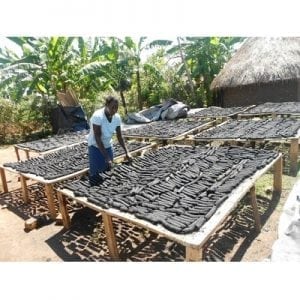
Agriculture
November 22, 2024
AEST Agricultural Waste Charcoal Briquettes
Read SolutionImplemented by
Appropriate Energy Saving Technologies Limited (AEST)
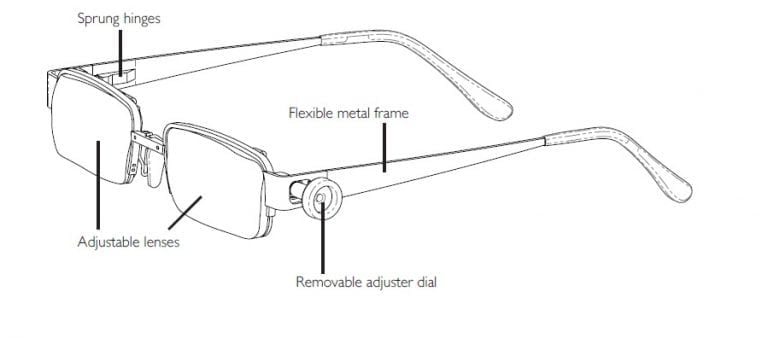
Updated on February 5, 2024
·Created on June 17, 2014
Eyejusters are self-adjustable eyeglasses, designed to set the focal length of the lens based on the usage.
Eyejusters are self-adjustable eyeglasses which eliminate the need to have different pairs of glasses for different tasks or for individuals who are unable to see an optometrist have glasses fit (developing countries). The design deal with presbyopia, a condition in old ages where the eyes lose the power to switch from near vision to far vision. The design allows the spectacles to move from convex to concave with the application of the fluid-filled lens.
Target SDGs
SDG 3: Good Health and Well-Being
Market Suggested Retail Price
$59.00
Target Users (Target Impact Group)
Household
Distributors / Implementing Organizations
Eyejusters Ltd design and manufacture the glasses. Eyejusters Ltd also sells glasses to distributors in developed countries and a portion of these sales covers donations of glasses that will be sent to distributors in developing countries. NGOs that have done distributions include: Peace Corps, Developing World Connections, Vision Action, Eyes for the World, and Mobile Health International.
Competitive Landscape
Direct competitors include Adspecs.
Countries
Cameroon, Kenya, Morocco, South Sudan, Uganda, United Kingdom, United States
Manufacturing/Building Method
Eyejusters Ltd designs, manufacture, and sells the glasses. Organizations can purchase distribution kits from Eyejusters Ltd and deploy the glasses in the communities they work in.
Intellectural Property Type
Patent
User Provision Model
Online orders are available for shipment to the US, Canada, UK, and Europe. Individuals in developing countries can get Eyejusters through organizations in their communities working as local distributors.
Distributions to Date Status
Unknown
Lens technology (type)
Slidelens ™
Near vision power range
+4.5 -> 0 D
Distance vision power range
0 -> -5 D
Glasses weight (g)
35g
Frame dimensions (mm)
50 x 22 x 139 mm
UV protection (ray type blocked)
All UVB and most UVA rays are blocked
Frame features to adjust to face
Spring Hinges, Nose Pads
Minimum age of user (years)
14 years
Readjustable (yes/no)
Yes
Frame material
Metal
Design Specifications
Eyejusters are metal frame glasses with SlideLens™ technology. Each SlideLens is a pair of lenses with a special shape. When these lenses are slid across each other (left-to-right), their combined shapes act as if they were one lens with a changing spherical surface. The SlideLens technology allows Eyejusters users to self-adjust their glasses to their own vision needs. The glasses are adjusted with a removable dial on the side of the frame. The adjustable eyewear comes in two types: negative power to correct poor distance vision and positive power to correct near and farsightedness. Each Eyejuster box includes a pair of eyejusters, re-attachable adjuster dials, hard plastic case, cleaning cloth, instructions, and close vision chart.
Technical Support
Eyejusters has comprehensive technical and support documents available on its website for distributors. Eyejusters also offers direct technical support via phone or email.
Replacement Components
The removable magnetic slider component used for making adjustments might need to be replaced if lost. Eyejusters supplies extra parts in their distribution kits.
Lifecycle
Unknown
Manufacturer Specified Performance Parameters
Vetted Performance Status
No testing has been completed.
Safety
As a class 1 medical device (deemed to be low risk) Eyejusters pose little to no risk to their user.
Eyejusters Ltd does state that their product is intended for users age 14+ to ensure proper fit.
Complementary Technical Systems
None
Academic Research and References
Sankaridurg, P., Donovan, L., Varnas, S., Ho, A., Chen, X., Martinez, A., … & Holden, B. (2010). Spectacle lenses designed to reduce progression of myopia: 12-month results. Optometry and vision science: official publication of the American Academy of Optometry, 87(9), 631.
Douali, M. G., & Silver, J. D. (2004). Self?optimised vision correction with adaptive spectacle lenses in developing countries. Ophthalmic and Physiological Optics, 24(3), 234-241.
Silver, J. D., Douali, M. G., Carlson, A. S., & Jenkin, L. (2010). How to use an adaptive optical approach to correct vision globally. South African Optometrist, 62(3), 126-131.
Additionally, the articles listed below are the result of a World Bank-funded clinical study, which found self-adjustable glasses to be reliable and effective; validating their use for children aged 12 and over.
He, M., Congdon, N., MacKenzie, G., Zeng, Y., Silver, J. D., & Ellwein, L. (2011). The child self-refraction study: results from urban Chinese children in Guangzhou. Ophthalmology, 118(6), 1162-1169.
Zhang, M., Zhang, R., He, M., Liang, W., Li, X., She, L., … & Moore, B. (2011). Self correction of refractive error among young people in rural China: results of cross sectional investigation. Bmj, 343, d4767.
Slidelens. “SlidelensTM Technology.” Eyejusters, 2020.
Sidelens. “SlidelensTM Developing World.” Eyejusters. Accessed January 31, 2020.
Compliance with regulations
Unkwown
Evaluation methods
Evaluation methods include analysis of quantitative data collected by international distributors.
Other Information
None

Agriculture
November 22, 2024
Implemented by
Appropriate Energy Saving Technologies Limited (AEST)
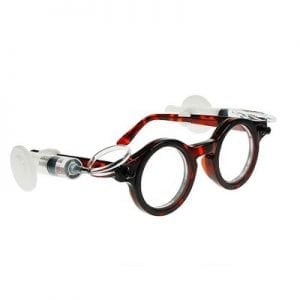
Agriculture
February 5, 2024
Implemented by
Centre for Vision in the Developing World
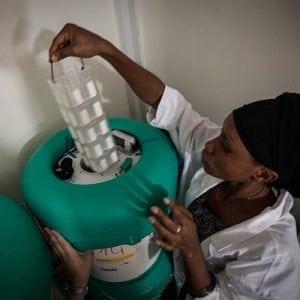
Agriculture
February 20, 2024
Implemented by
Intellectual Ventures Lab
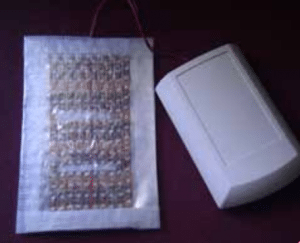
Agriculture
March 1, 2024
Implemented by
Infantrust Parenting Solutions
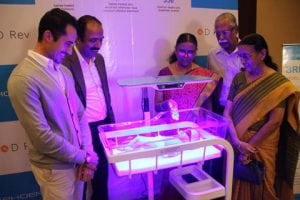
Agriculture
February 16, 2024
Implemented by
Equalize Health
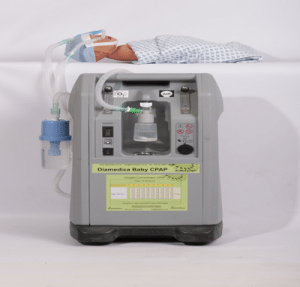
Agriculture
September 27, 2024
Implemented by
Diamedica
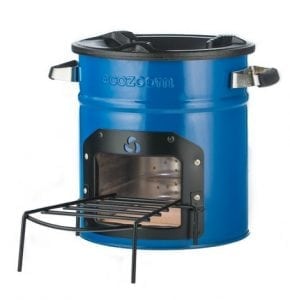
Agriculture
December 2, 2024
Implemented by
BioLite
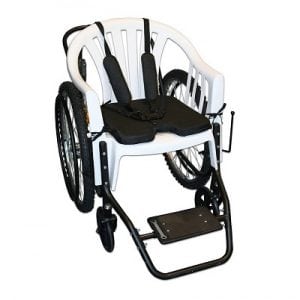
Agriculture
February 29, 2024
Implemented by
Free Wheelchair Mission
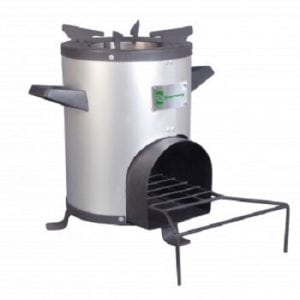
Agriculture
December 3, 2024
Implemented by
Greenway
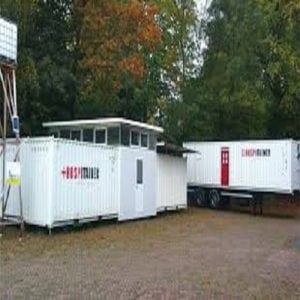
Agriculture
June 22, 2024
Implemented by
Hospitainer
Have thoughts on how we can improve?
Give Us Feedback